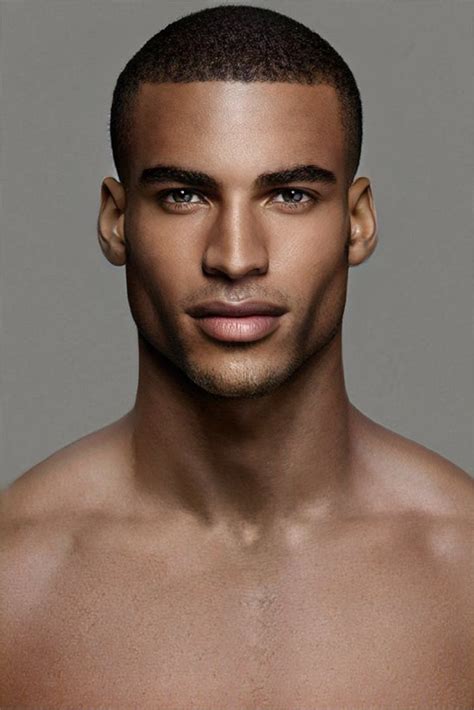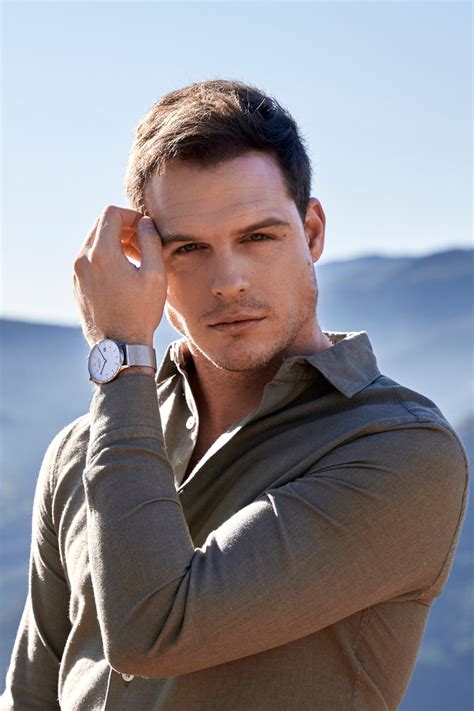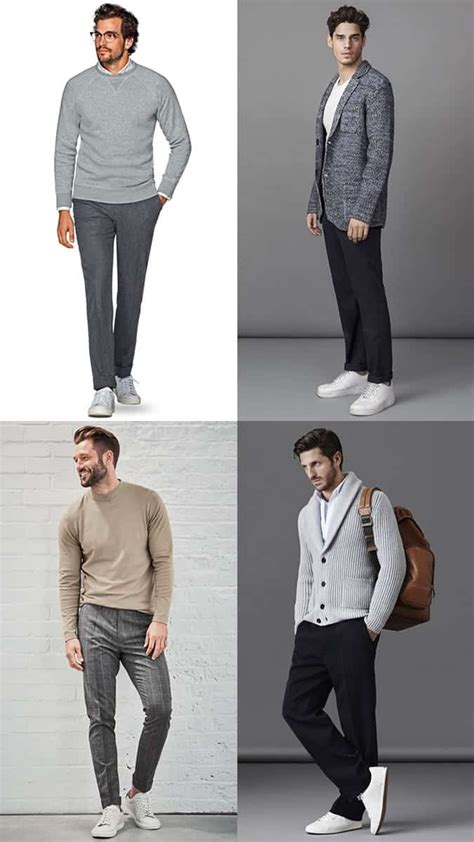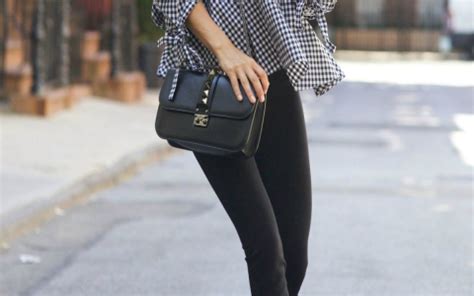The Sacred Cow of Matching Shoes and Belt
For decades, one unwritten decree has held an iron grip on men’s sartorial choices: your belt must meticulously match your shoes. From boardroom attire to weekend casual, the instruction was clear – brown shoes, brown belt; black shoes, black belt. This seemingly innocuous ‘rule’ has been passed down through generations, often without question, shaping how men approach accessorizing their outfits.
Originating from an era when strict formality and coordinated ensembles were paramount, this directive aimed to create a cohesive, polished, and undeniably ‘put-together’ look. It signaled attention to detail and a respect for traditional dressing codes. However, as fashion evolves and personal expression takes center stage, the rigidity of this rule is increasingly being challenged, and for good reason.

Why This Rule Is More Hindrance Than Help
Adhering strictly to the matching shoes and belt rule can, ironically, make an outfit feel less dynamic and more monotonous. It limits creativity and often forces men into purchasing multiple belts in every shade of footwear they own, simply to comply with an outdated notion. In a world where individuality is celebrated, a rule that constrains personal flair seems counterproductive.
Modern fashion thrives on texture, contrast, and thoughtful juxtaposition. By insisting on identical accessories, we miss opportunities to introduce subtle interest, break up a uniform block of color, or add a nuanced layer to an ensemble. What once symbolized elegance can now, in many contexts, feel stiff and overly conventional, lacking the effortless chic that defines contemporary menswear.

The Modern Approach: Complementary, Not Identical
Instead of a strict match, the modern approach champions complementarity. Think about creating harmony rather than exact duplication. For instance, pairing rich tan leather shoes with a dark brown suede belt, or deep burgundy shoes with a lighter brown textured belt, can add depth and sophistication that a perfect match might lack. The goal is to ensure your accessories work together, not that they are indistinguishable twins.
Consider the color palette of your entire outfit. If your shoes are a strong statement piece, a belt in a muted, complementary tone can allow them to shine without competition. Similarly, a textured belt can add visual interest to an otherwise simple outfit, even if its color is not an exact match for your shoes. It’s about building a coherent look through a diverse set of elements.

Embracing Versatility and Personal Expression
Breaking free from this rule significantly expands your wardrobe’s versatility. Suddenly, one brown belt can work with several shades of brown shoes, and even some non-brown shoes, provided there’s a thoughtful connection elsewhere in your outfit or simply a confident choice on your part. This allows for more creative freedom and a more efficient use of your accessories.
Ultimately, fashion is a form of self-expression. Relying on outdated dictates stifles individuality. The discerning man today understands that personal style is about curating a look that feels authentic and confident, rather than strictly adhering to antiquated directives. Trust your eye, experiment with textures and shades, and let your accessories tell a more interesting story.

When to Consider the Match (or Not)
While the ‘rule’ is largely outdated for everyday wear, there are still instances where a precise match might be desired, particularly in very formal, traditional settings like black-tie events where a black patent leather shoe necessitates a sleek black belt. Here, the aim is absolute uniformity and understated elegance, where deviations might be distracting.
However, for business casual, smart casual, or even most formal business attire, liberating yourself from the rigid match opens up a world of stylistic possibilities. Feel empowered to mix shades, play with materials, and let your personal aesthetic guide your choices. The true mark of style isn’t adherence to rules, but the confidence to bend or break them gracefully.





